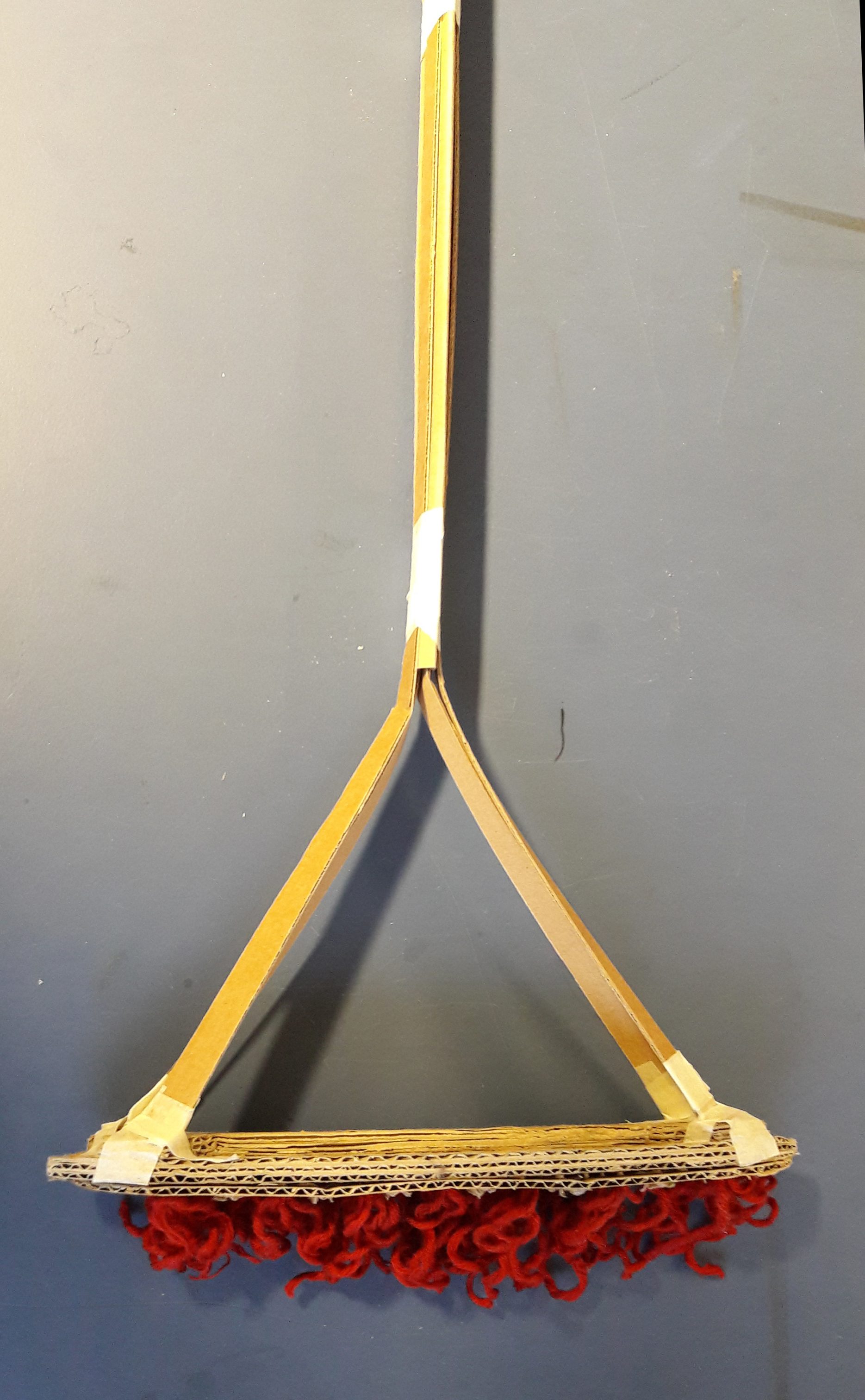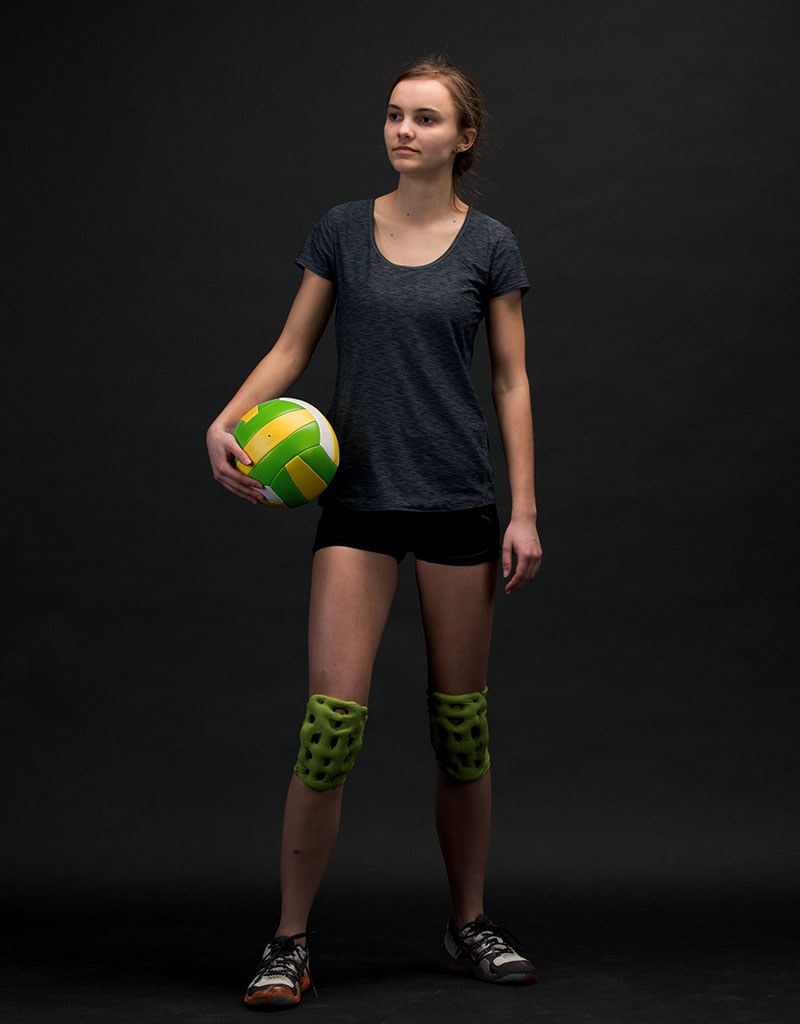


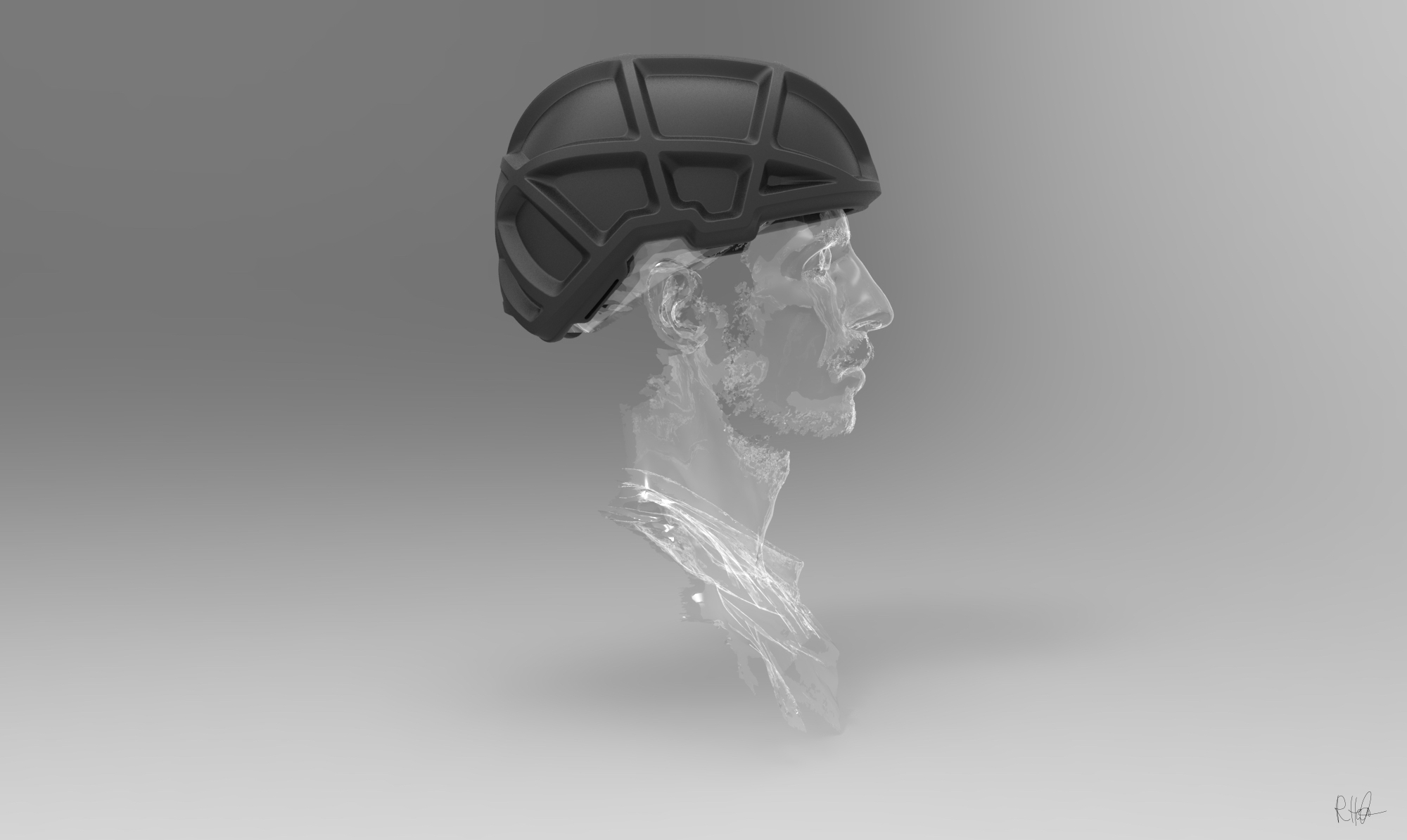
This gallery contains 1 photo →
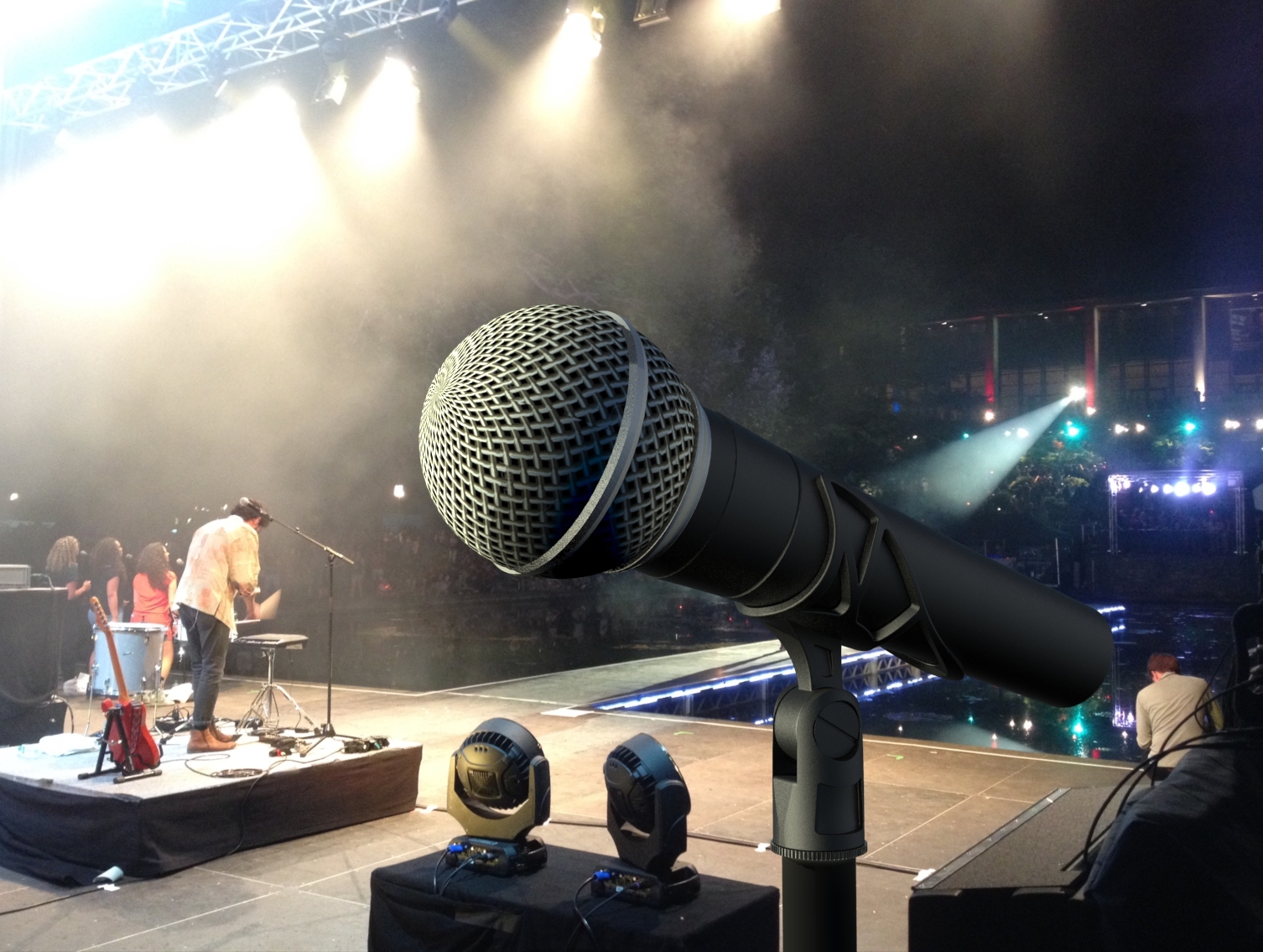
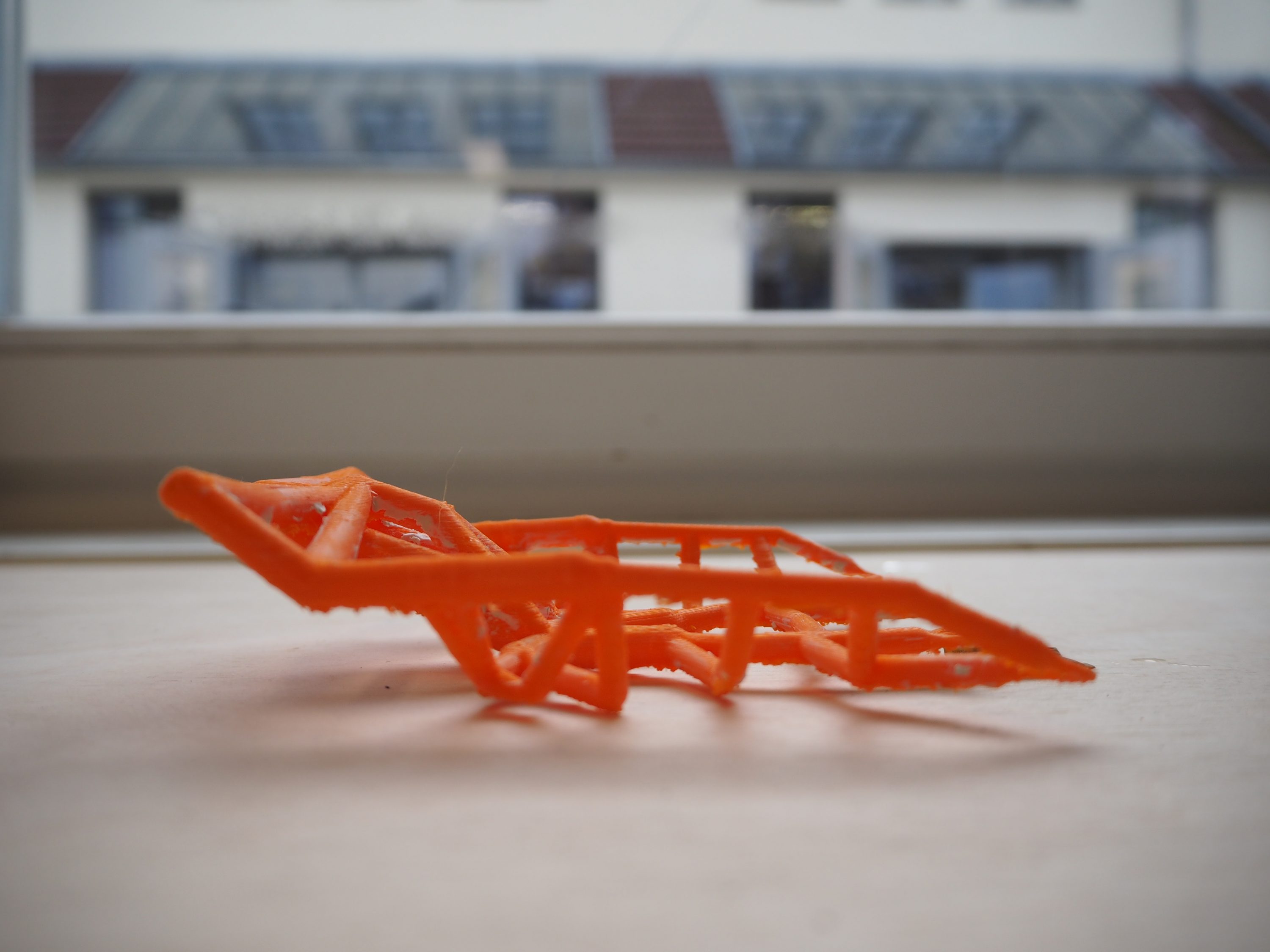
Avalanche shovels build together with an avalanche transceiver and a collapsible probe the standard safety equipment for backcountry skiers and skimountaineers. In case of an emergency they are used to dig down fast to any buried victims. Because avalanches can be very dense and hard like concrete, these shovels need to withstand high forces and…
Optimized chainsaw emergency stop:
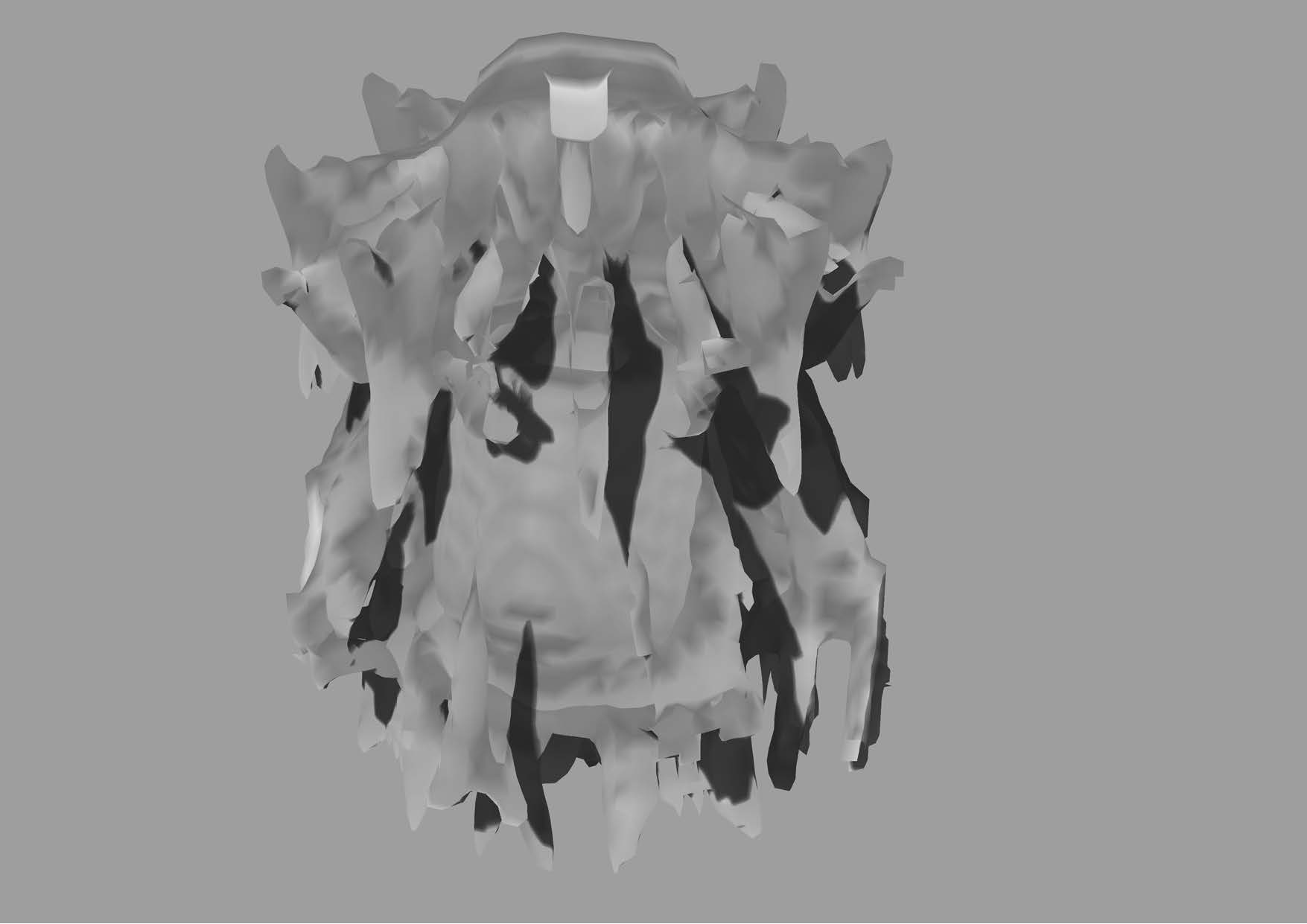
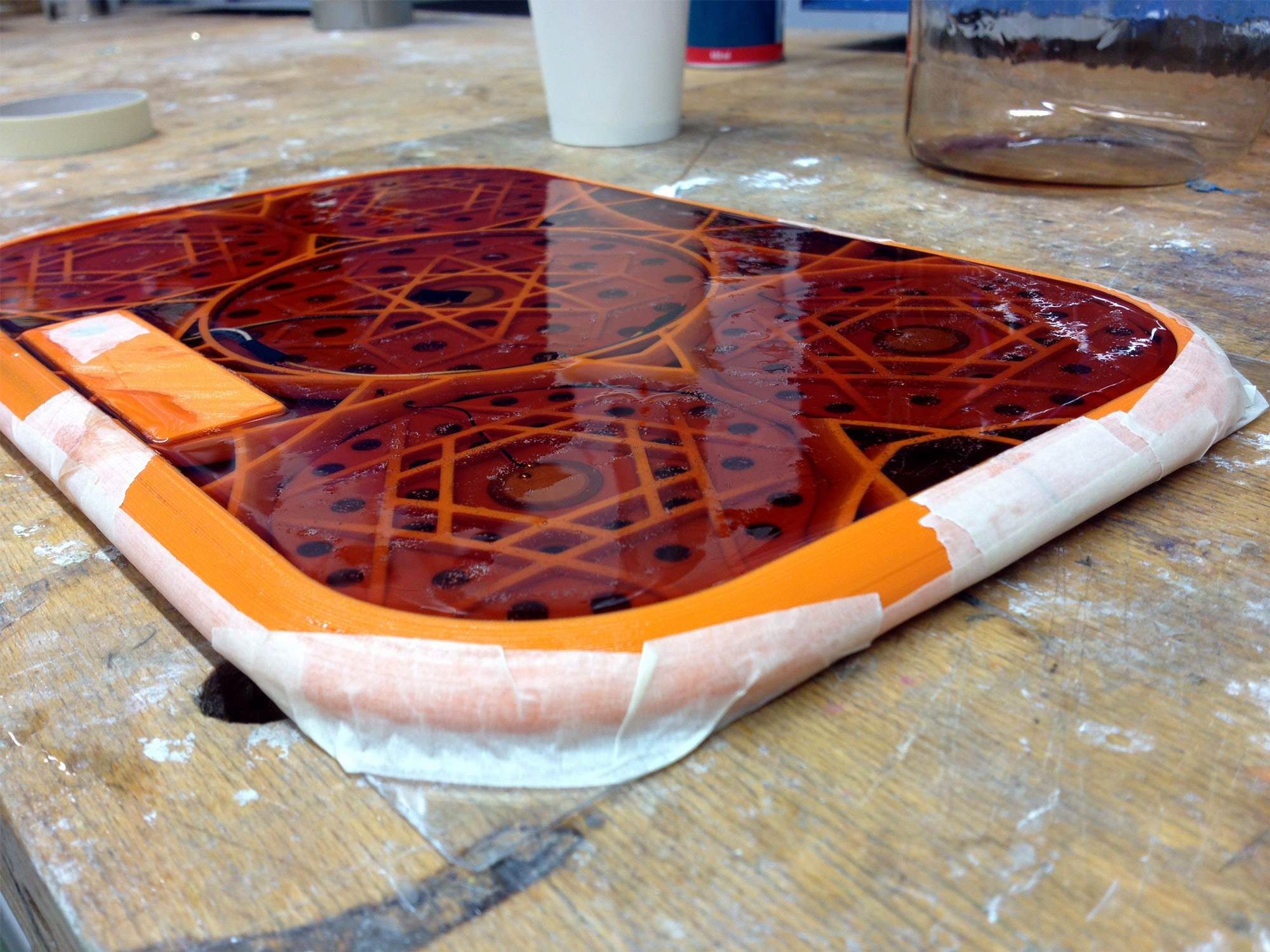
In the process of developing the structure for the drumpad, I decided to experiment with a carrier inside the cover. I wanted to calibrate the inner sensors and find a sturdy structure with the help of a first model. My aim was to test out the calculated solution and integrate this structure into the form…
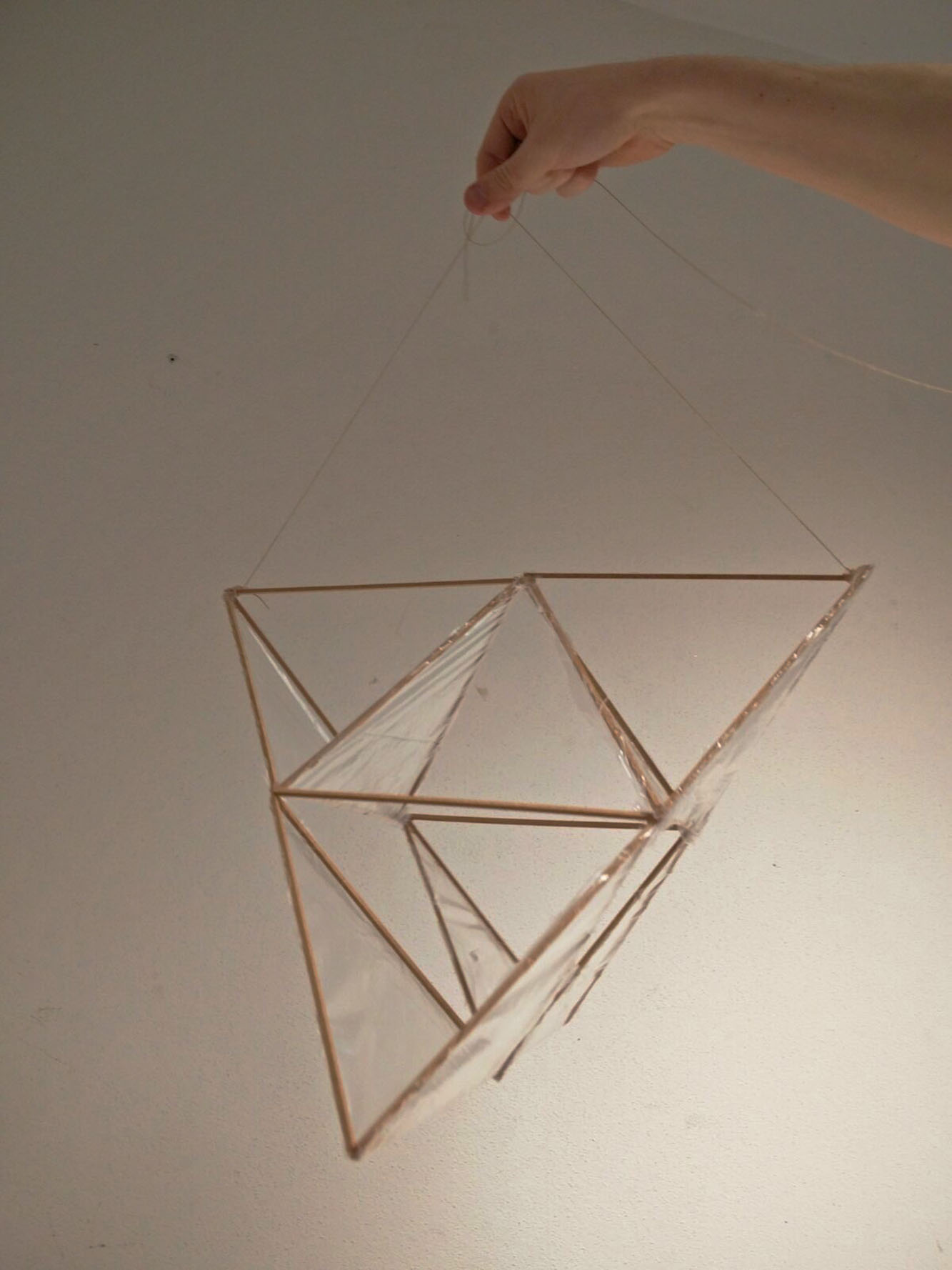
During the next two weeks we will work on flying objects. We are approaching the task both, as an object of sko lightweight structure optimization as well as a programmable textile study, concerning the fabric parts of the kite. Lately we came across the studies of Dr. Bell who experimented with flying objects by combining…
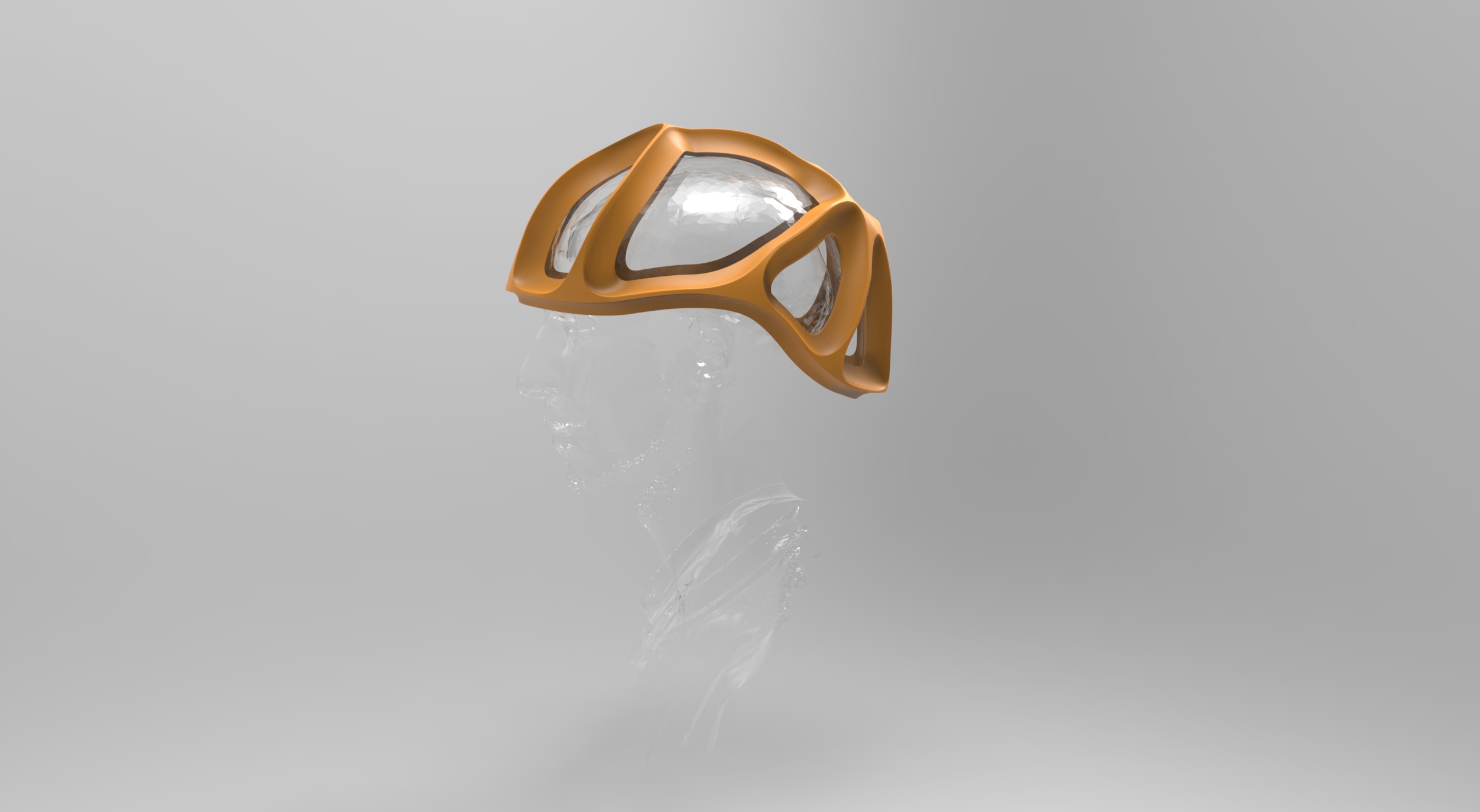
After spending the last week with SKO-calculations and generating results, in the second week we tried to interpret the results in CAD and designing several helmets.
Main-Scenarios for this helmet are impacts from the front, rear and side. For example, in street skating there is no protection of the upper region of the head needed, because the maximum height of the fall prevents skaters from falling on top of their heads. To prevent damage to the skull in general, the energy of the impact is spread to a bigger area.
For illustration, the results of the first 3D-calculations show a helmet and a human skull. Furthermore there are shown several 2D-patterns.
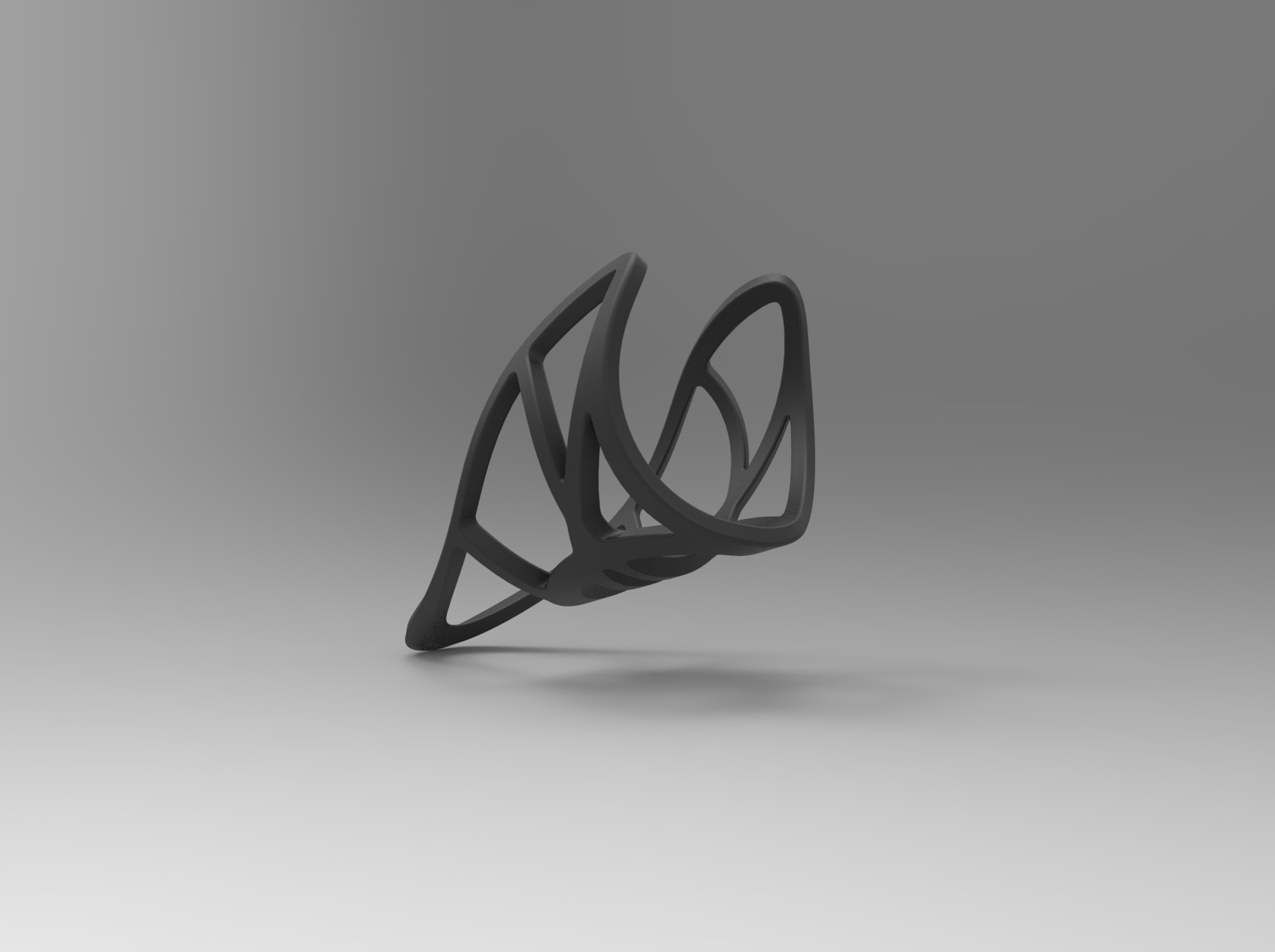
Different ways of interpreting the results of the topology optimisation led to two versions of the clamp. For the first clamp I got inspired by the results of the calculation itself. The second design is generated by an algorithm I wrote. The 3D-printed tree-structure is relatively stable compared to the dimensions of its limbs.

I decided to experiment with an algorithm which follows the tracks o the SKO-result to create a tree-structure. The Grasshopper-Plugin Cocoon helps to visualise the structure.
